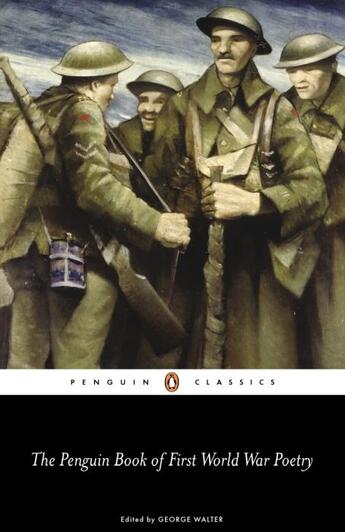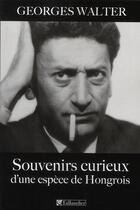-
Date de parution : 26/10/2006
-
Editeur :
Adult Pbs
-
EAN : 9780141181905
-
Série :
(-)
-
Support :
Poche
Résumé:
Reflecting the voices of poets, soldiers, the families they left behind and their comrades who would never return, The Penguin Book of First World War Poetry, previously published as In Flanders Fields , is edited with an introduction by George Walter in Penguin Classics. Unrivalled for... Voir plus
Reflecting the voices of poets, soldiers, the families they left behind and their comrades who would never return, The Penguin Book of First World War Poetry, previously published as In Flanders Fields , is edited with an introduction by George Walter in Penguin Classics. Unrivalled for its range and intensity, the poetry of the First World War continues to have a powerful effect on readers. This anthology reflects the diverse experience of those who lived through the war - bringing together the words of poets, soldiers and civilians affected by the conflict. Including famous verses from Rupert Brooke, Siegfried Sassoon and Wilfred Owen; pieces by less well-known writers such as Gilbert Frankau and Osbert Sitwell; works by women describing the emotions of those at home; and the anonymous lyrics of soldiers' songs, The Penguin Book of First World War Poetry offers a blend of voices that is both unique and profoundly moving. This collection has been arranged thematically, moving through the war's different stages from conscription through to its aftermath, to offer the reader a variety of perspectives on the same common experiences. George Walter's introduction discusses the role and scope of First World War poetry anthologies, and how the canon has changed over the years. This edition also contains notes and biographies. George Walter is Lecturer in English at Sussex University. His research interests are 20th-century literature; madness and creativity; constructions of Englishness; the cultural impact of the First World War. He has edited editions of the poet Ivor Gurney's work for Everyman and Fyfield Books. If you enjoyed The Penguin Book of First World War Poetry , you might also like Robert Graves' Goodbye to All That , available in Penguin Modern Classics.
Donner votre avis















